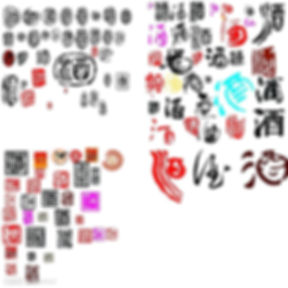Château Cadet-Bon Saint-Émilion (Grand Cru Classé) 2004, Second Wine.

The rustic style of the first wine, its location and limestone hillside benefits its maturing second wine known as Chateau Moulin du Cadet 2004, Grand Cru, St Emilion, which by now has gone through 14 years of bottle-ageing. There is still some black fruit, feels elegant. Lurking behind are grilled tones, leather, herbs, dark chocolate, cedar, smoke, dry flowers. Tannins are ample for this second wine and have died down. Finish is medium, quite round and soft and, and it is probably beyond the fruity phase. Mushroom, far and earth aromas dominate the palate.

Mr Stephane Derencourt and Mr Frederic Massie are the oenology consultants since 2003. So, the style of 2004 has Improved. Their up-to-date advice is beneficial for the ongoing evolution in the modern world of winemaking. In 2004 the interior of the chateau, as well as the living area of the cellar where the owner-family Richards reside, were entirely renovated. After then, this was sold to the Moueix familly. In 2015, the Lefevere family, the owners of Chateau Sansonnet, Chateau SoutardCadet and Chateau Harmonie owns it till now. The property is now managed by Marie-Benedicte Lefevere. Jean Luc Thunevin of Valandraud is now their consultant.

The soil is limestone with Asteria, clay-limestone coast. Some 6 of the 7 hectares located on the southern slope of Cadet Hill at the gates of the city, % Merlot, 20 % Cabernet Franc.
There are 6 666 vines/hectares of over 40 years old. Average vine age is 40 years. Yield is 40 hl/ha, so the palate is dense even for a second wine. Disbudding, shedding, leaf removal, green harvesting, biodynamic preparation practised. Pruning is Single and double Guyot Manual Harvest; no crushing. Vinification is through small capacity(four square, cement vat) thermoregulated tanks, punch downs, soft and low extraction for silky tannins. Barrel ageing, Medium heat - used from First Wine for 12 months. Organic practices since 1996. So this 2004 is still vinified in old methods, unlike the current ones consulted by Jean Luc Thunevin, which has Malolactic in 50% new oak. .






















